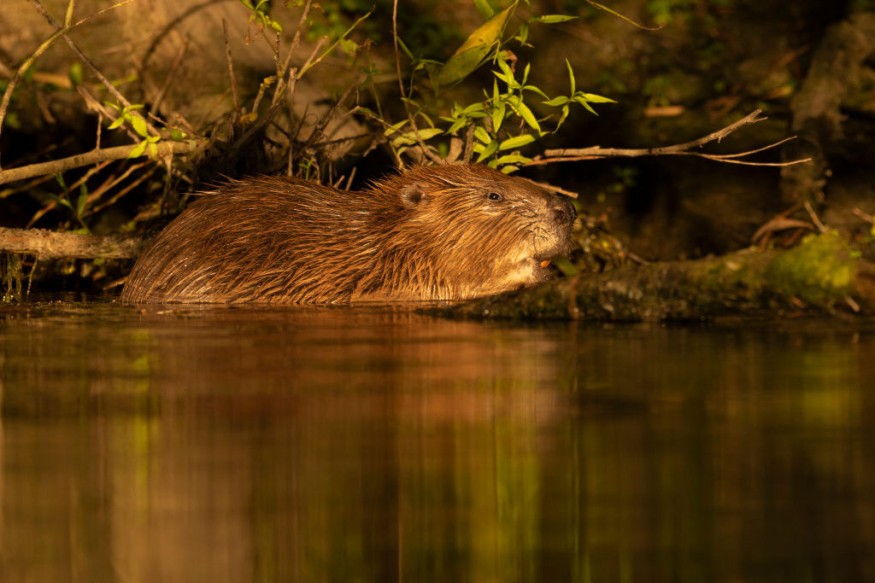Experts said that the north slope of Alaska could be colonized by beavers by 2100. Scientists said that these animals are pouring in, pushing north into new territories.
They found out that rising temperatures have spurred an influx of beavers to Alaska as well as in the northern portion of Canada on a huge scale.
Beaver Engineering

The total number of beavers is far from clear, but the ponds they create are hard to miss as experts observed that in the Arctic tundra of Alaska alone, the number of beaver ponds on streams have doubled to at least 12,000 in the past 20 years.
Further, more lodges are dotted along lakes and river banks.
Beaver engineering in the Arctic tundra induces hydrologic and geomorphic changes that are favorable to methane (CH4) production.
Researchers said that beaver-mediated methane emissions are driven by inundation of existing vegetation, conversion from lotic to lentic systems, accumulation of organic rich sediments, elevated water tables, anaerobic conditions, and thawing permafrost.
Ground-based measurements of CH4 emissions from beaver ponds in permafrost landscapes are scarce, but hyperspectral remote sensing data (AVIRIS-NG) permit mapping of 'hotspots' thought to represent locations of high CH4 emission.
Scientists have surveyed a 429.5 km2 area in Northwestern Alaska using hyperspectral airborne imaging spectroscopy at ∼5 m pixel resolution (14.7 million observations) to examine spatial relationships between CH4 hotspots and 118 beaver ponds.
''We found significantly greater CH4 hotspot occurrences around beaver ponds, extending to a distance of 60 m. We found a 51% greater CH4 hotspot occurrence ratio around beaver ponds relative to nearby non-beaver waterbodies,'' the scientists said.
They believed that as beavers continue to expand into the Arctic and reshape lowland ecosystems, the public should expect continued wetland creation, permafrost thaw and alteration of the Arctic carbon cycle, as well as myriad physical and biological changes.
Alteration Of Landscape
North American beavers are considered as a keystone species whose engineering is known to heavily influence streams, rivers, riparian corridors, and lakes in North America, Eurasia, and South America.
Beavers induce hydrologic and geomorphic alteration of the landscape by flooding terrestrial surfaces and converting lotic to lentic environments, which alter biogeochemical cycling in non-permafrost temperate ecosystems.
They said that many beavers build dams to increase the size and depth of waterbodies to elude predators, access upland forage areas, facilitate transport of wood for forage and dam construction, increase winter unfrozen water habitat, and promote early successional forage species.
Through their engineered expansion of waterbodies, beaver dams often increase water depth, flood nearby vegetation, raise groundwater levels, and perennially thaw regions that would otherwise freeze in winter, all of which are known mechanisms for promoting CH4 emissions.
Furthermore, the presence of beaver dams drives accumulation of organic-rich sediment in impounded stream reaches, which is often hundreds of times greater than that found in free-flowing channels.
Beavers have constructed over 12,000 ponds in the Arctic tundra of Alaska, including a doubling between 2003 and 2017, as they colonized new regions and transformed lowland permafrost ecosystems.
The study said that people in remote subsistence-based communities of Alaska and Canada have witnessed the influx of beavers and associated hydrologic engineering with concern due to effects on fish, water quality, and boat access.
Related Article : Beavers: Savior of the Wetlands From Drought Caused by Climate Change
© 2025 NatureWorldNews.com All rights reserved. Do not reproduce without permission.





